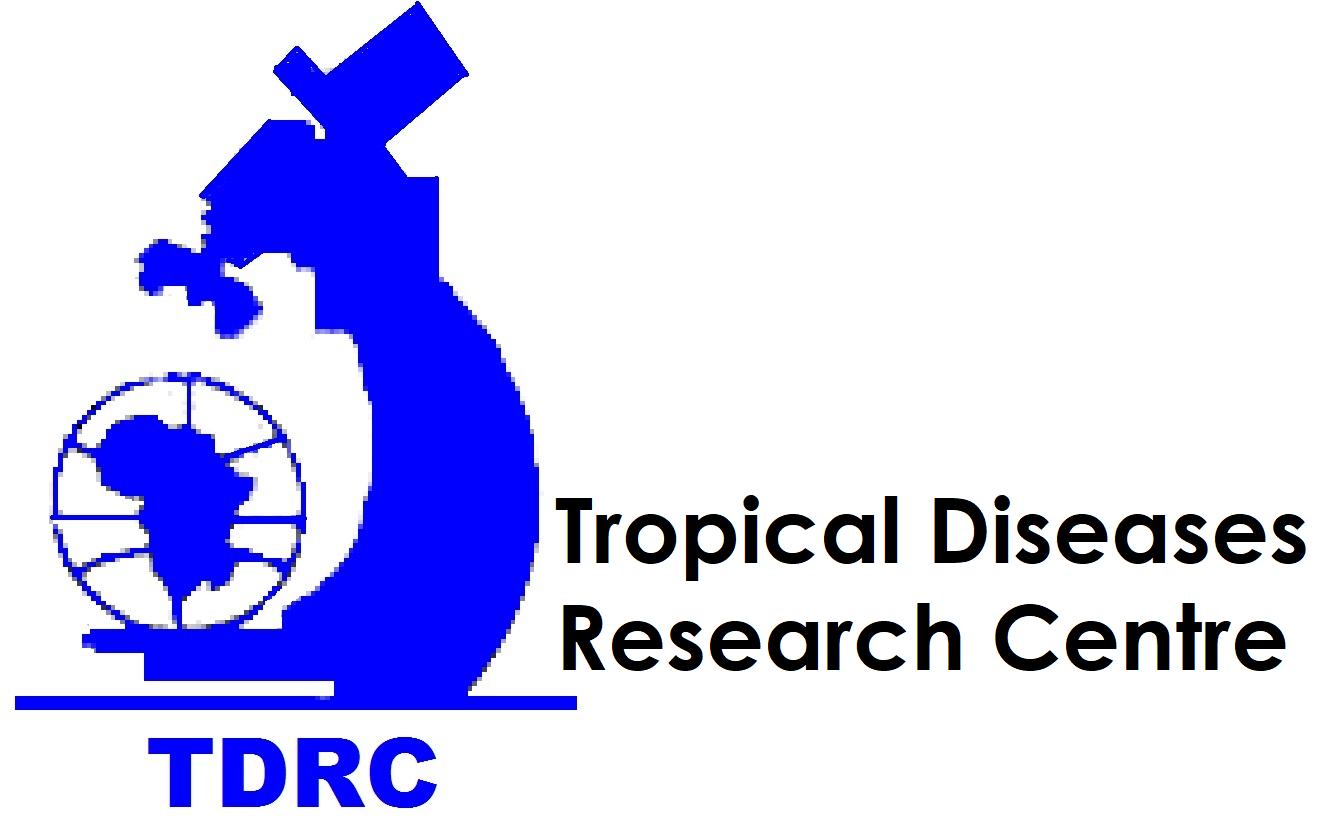TDRC has scored significant successes in health research which has shaped health care interventions in specific areas of expertise. Notable among others are clinical trials in malaria medicines, studies in micronutrient deficiency.
- First to report Chloroquine Resistance in the country
One of the major works that were carried out by TDRC was p. falciparum
Further work with other partners led to the mapping of the chloroquine resistance patterns in the country which provided compelling evidence on the negative effects of drug resistance and that led to a change in the national antimalarial drug policy from the use of chloroquine as first line drug to sulphadoxine-pyrimethamine (SP).
- Pioneered the treatment change from to SP (Fansidar) to Artemether-Lumafantrine (Coartem®)
TDRC conducted a study dubbed Safety and efficacy of lumefantrine-artemether (Coartem®) for the treatment of uncomplicated Plasmodium falciparum malaria in Zambian adults. The study showed that, Artemether Lumefantrine was far more efficacious than Sulfadoxine Pyrimethamine in treating uncomplicated P. falciparum malaria in adults and was ado[ted to be used as first line treatment for uncomplicated malaria in Zambia.
- Provided evidence for the approval of DHQ as the Alternative First Line Drug to A+L in the treatment of uncomplicated malaria
Considering the high cost, the pill burden, and the need for a fatty meal to improve drug absoption associated with AL, there was need for an affordable and easy to administer alternative to artemether-lumefantrine (AL). Therefore, TDRC, working with MMV conducted a clinical trial that concluded that both DHA/PPQ and AL were highly efficacious in treating uncomplicated malaria in Zambian children and but patients treated with DHA/PPQ had fewer re-infections because piperaquine has a longer half-life than lumefantrine. Following this revelation, the Ministry of Health (MoH) in Zambia approved the use of Dihydroartemisinn-piperaquine (DHP) for use as analternative first-line drug for the treatment of uncomplicated malaria and to date, it still remains the only approved alternative drug to Coartem.
- Determining Insecticide resistance and evaluating alternative ones
TDRC has been key in determining insecticide resistance of mosquitoes to the major chemicals used for malaria control in the country. Evidence generated by the institutions is used to guide policy for national vector control.
For example, the Centre was part of the team that conducted a study that showed that DDT was effective and recommended for its roll out of the 2003 IRS program on the Copperbelt
However, in 2010 TDRC and partners reported DDT resistance in the major vectors that it be discontinued preliminary entomological surveys by TDRC carried out in the recommendation of a new long-lasting formulation of pirimiphos-methyl t (Actellic CS from Syngenta)
The Ministry of Health has since provided the recommended pirimiphos-methyl to be used for IRS instead of DDT
- Determining the distribution of yellow fever (YF) vectors
In the recent past there has been controversy about whether Yellow Fever was endemic to Zambian and whether Zambians required Yellow certification. TDRC was involved in a study commissioned by MOH and supported by the WHO to determine the distribution of yellow fever (YF) vectors species in Northwestern and Western provinces of Zambia. The results of this study showed the presence of the two main YF vectors namely; Aedes (Stegomyia) aegypti (Ae. aegypti) and Aedes (Stegomyia) africanus but both were sparsely distributed in Northwestern Province indicting a low risk to YF
This evidence was used by WHO to declare Zambia a YF low risk country and consequently, Zambians now do not require a YF vaccination when travelling to YF no risk areas.
- Contribution Towards the Introduction of High dose Vitamin A and Fortification of Sugar
In collaboration with the National Food and Nutrition Commission (NFNC), TDRC conducted studies on Micronutrient deficiency disorders that later produced the evidence needed for policy interventions to introduce high-dose vitamin A supplementation given to children every 6 months and fortification of sugar by the sugar refinery which were implemented in Zambia and have become normal practice in the country.
In general, TDRC is one the key institutions that provides laboratory support to the various nutritional surveys that are conducted in Zambia.
- The Use of ‘CLORIN’ to Reduce Cholera Epidemics in Zambia
The Centre in collaboration with the Center for Disease Control (CDC) Atlanta conducted an evidence-based water disinfection research on the copperbelt to empower households that depended on contaminated water from shallow wells for drinking by introducing a water quality intervention. This intervention consisted of water treatment, safe storage, and community education to prevent diarrhea diseases. This intervention was found to reduce the diarrheal disease risk by 48% and was thus considered to be a useful tool for preventing waterborne diseases has drastically reduced diarrhoeal diseases and cholera epidemics in vulnerable communities in Zambia.
Scientific work concerning the chlorination of water in homes to prevent diarrhoea received an award from CDC and Clorin is now widely used in Zambia for water purification.
